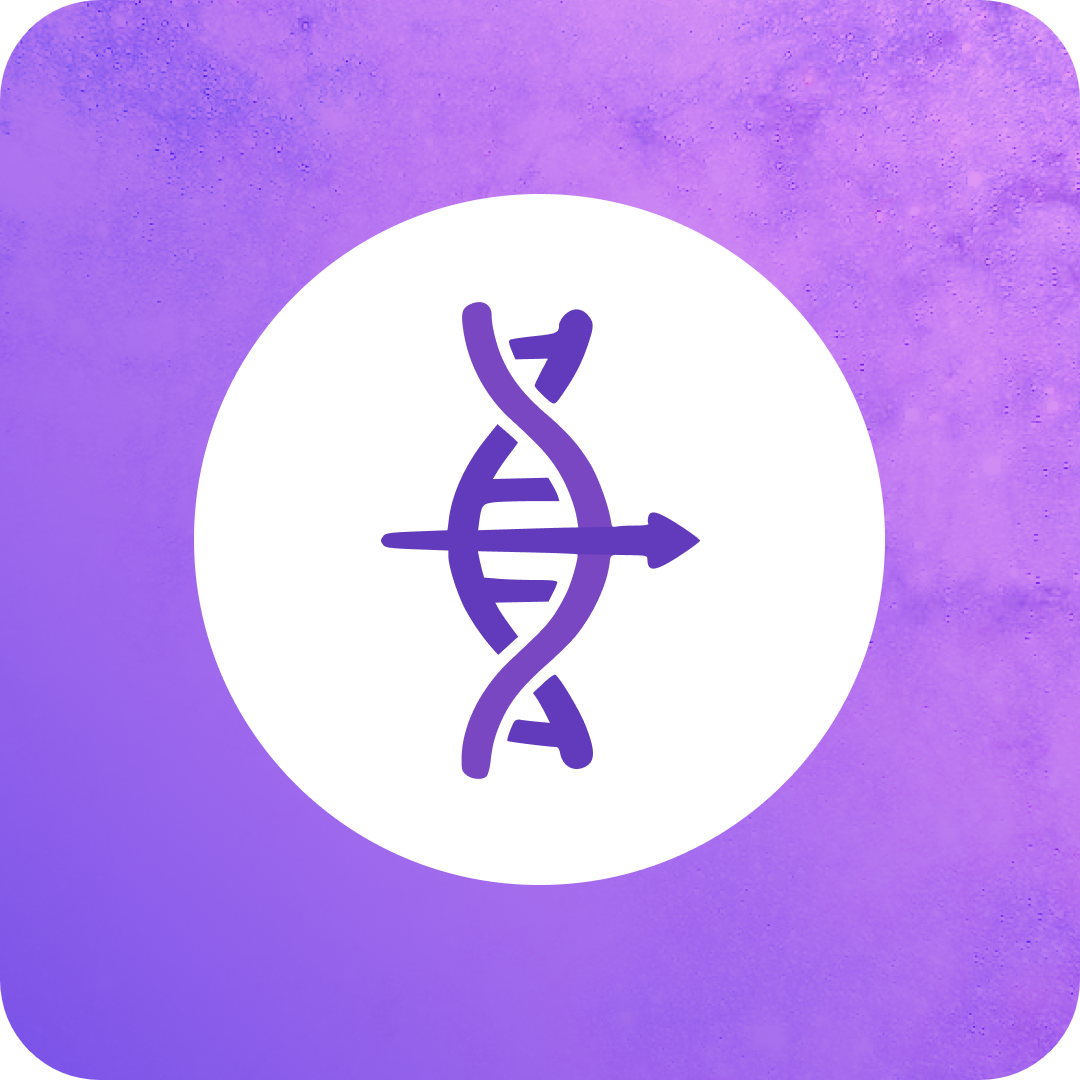Rusty Aquarium
A monitoring visualization as an aquarium written in Rust.
Demo
Run Rusty Aquarium in your browser:
Download executables for different platforms:
Usage
Use these keys to control the fish tank.
- Escape - Exit the program. Not available on web.
- Left - Toggle shader.
- Right - Switch to next scene.
- Space - Lock/Unlock automatic scene switching.
- Enter - Refreshes the list of fishes.
- Up - Add a random fish to the tank.
- Down - Remove the latest added fish from the tank.
- C - Reload
config.jsonfile. Does not currently reload images. - D - Force reload of data file of current scene.
- L / I - Show screen with description of fishes.
- H - Display help screen with shortcuts.
Generate input data
The file assets/inputdata.json is read to define what fish to display.
The field school must be an array of objects, one for each fish to display.
The fish field must match a name in the map of fishes in the config.json file.
The fields size, speed, and bubbles are multipliers that will be applied to the corresponding value from the fish configuration.
The legend field is optional, and can be used to send information to show when opening the legend screen. The description will be shown at the top, and each fish_legend will be shown in a list below it. If present, this will override the legend field in the scene configuration.
Example
{
"legend": {
"description": "A description to be shown when showing legend.",
"fish_legends": [
{
"fish": "crab",
"description": "A description of this fish type."
}
]
},
"school": [
{ "fish": "crab", "size": 1.0, "speed": 1.0, "bubbles": 1.0 },
]
}
System monitoring
The systemdata binary generates an inputdata.json file based on CPU, processes and disks.
cd src/lib/systemdata; cargo run > ../../../assets/inputdata.json
Configuration
The file assets/config.json can be used to configure the fish tank. It has some general configuration values, paths to PNG files to load for background images and fish sprites. It also defines which fish types are available, with default values for them.
File format
- input_data_path - Path to local file or full URL to inputdata.json file.
- display_time - Reload
inputdata.jsonafter this number of seconds. Set to0to never reload data. - backgrounds - An array of strings with filenames of PNG images to use as background images, loaded from the
assetsdirectory. - display_time - Number of seconds between data reloads (0 to never reload)
- scenes - An array of scene configurations. If no scenes are configured, the top level values for
input_data_pathanddisplay_timewill be used instead- input_data_path - Path to load when showing this scene
- display_time - Number of seconds to show scene before switching to next
- background - The number of the background texture to show for this scene
- legend - (Optional) Legend information to display on this scene (same format as in inputdata)
- fishes - A list of fish type definitions, the key is used to select the fish type in
inputdata.json- texture - Path to the PNG file to use for this fish.
- size - Max size to scale the image to.
- size_randomness - A multiplier used when randomizing fishes. Should be between 0.0 and 1.0.
- movement - Name of the type of movement for this fish. Available movements: SingleSpeed, Accelerating, AcceleratingEdgeIdling, Crab, Random,
- bubbles - Number of movement bubbles to show after this fish. Set to
0to not display any bubbles. - collision_aversion - A number between 0 and 1. The higher the number, the less chance that the fish changes direction when colliding.
- speed - The speed of the fish in X and Y direction.
- speed_randomness - A multiplier used when randomizing fish speed. Should be between 0.0 and 1.0.
- area - The area this fish can move in. Max X is 100, max Y is 62.5.
Example
{
"input_data_path": "assets/inputdata.json",
"display_time": 10,
"backgrounds": [
"assets/background.png",
],
"scenes": [
{
"input_data_path": "inputdata.json",
"display_time": 5,
"background": 3
},
{
"input_data_path": "inputdata2.json",
"display_time": 5,
"background": 2,
"legend": {
"description": "These are the different fishes in this aquarium.",
"fish_legends": [
{
"fish": "crab",
"description": "A happy rustacean!"
}
]
}
}
],
"fishes": {
"crab": {
"texture": "assets/ferris.png",
"size": 7.0,
"size_randomness": 1.0,
"movement": "Crab",
"bubbles": 0,
"collision_aversion": 0.3,
"speed": {
"x": 12.0,
"y": 4.0
},
"speed_randomness": {
"x": 1.0,
"y": 1.0
},
"area": {
"x": 5.0,
"y": 56.0,
"w": 90.0,
"h": 6.0
}
},
}
}
License
The code for Rusty Aquarium is released under the MIT License. See LICENSE file for more details.
The images are not covered by the license, and are to the best of my knowledge public domain.
Build scripts
The build scripts require the cargo-run-scripts package to be installed.
cargo install cargo-run-script
Build a web package in demo/
cargo run-script build-web
Start a web server
cargo run-script serve-web
Build windows binary
cargo run-script build-win
Build Android APK
cargo run-script build-apk








